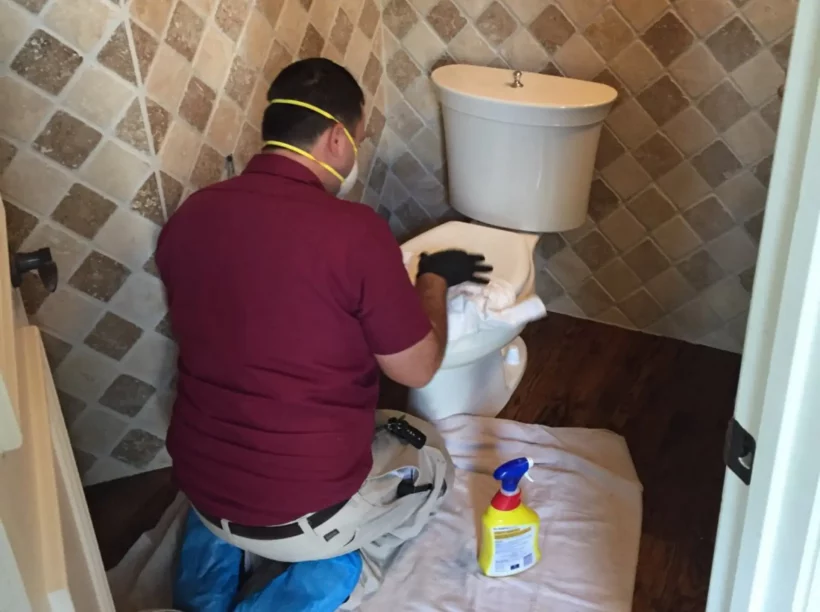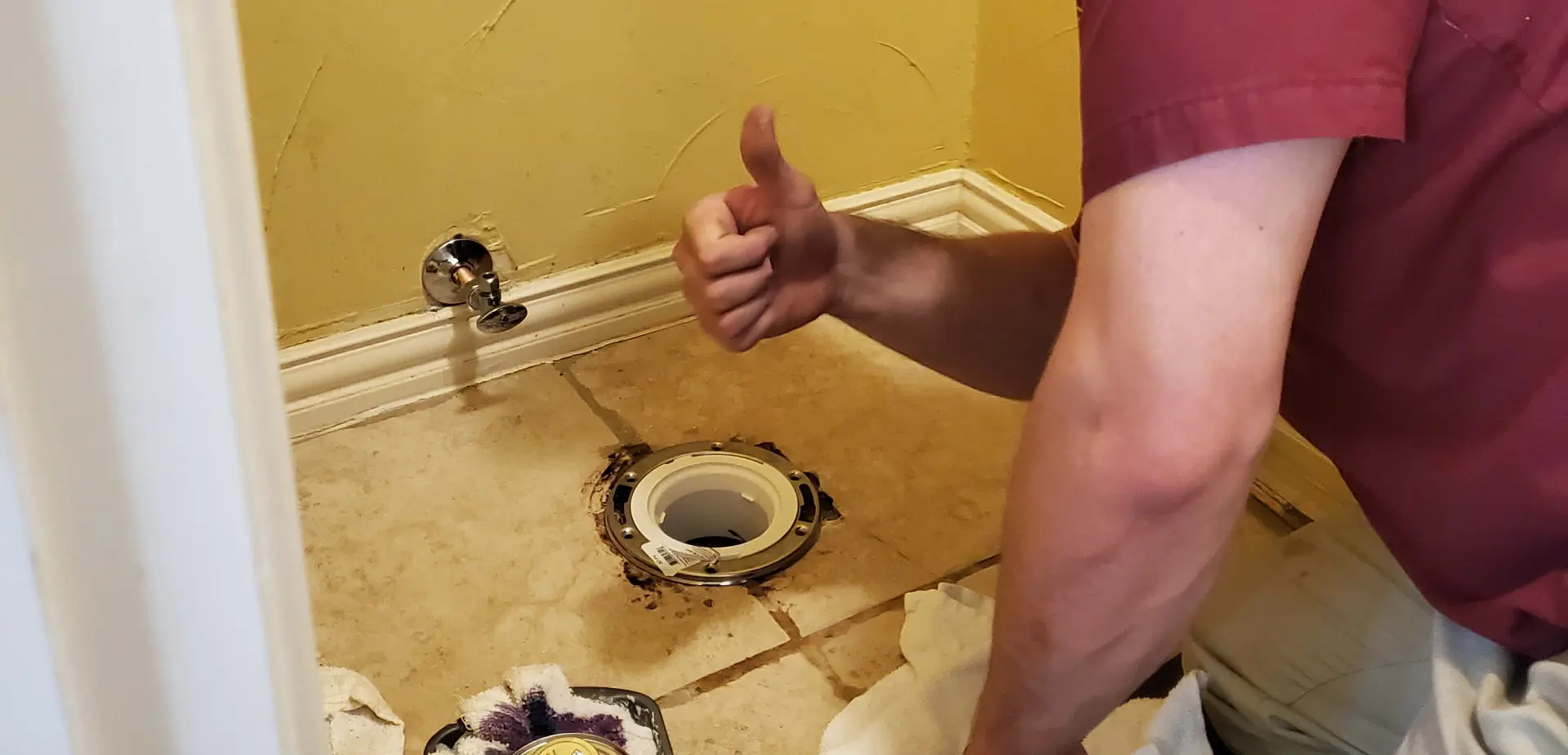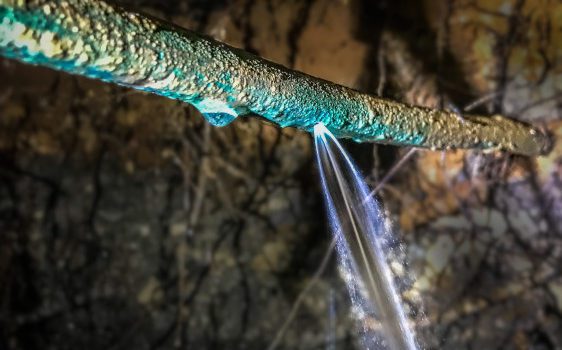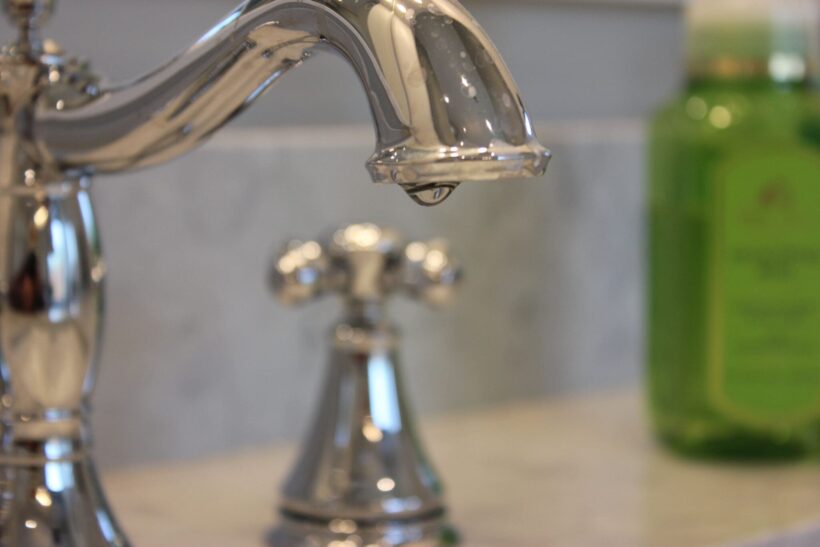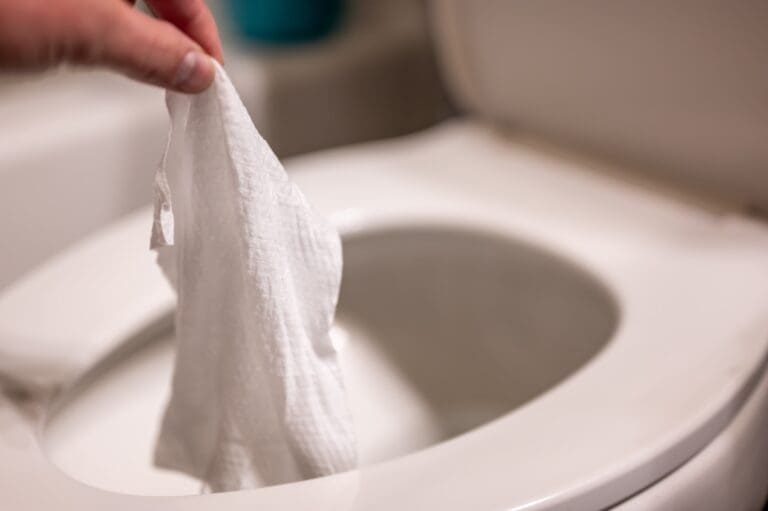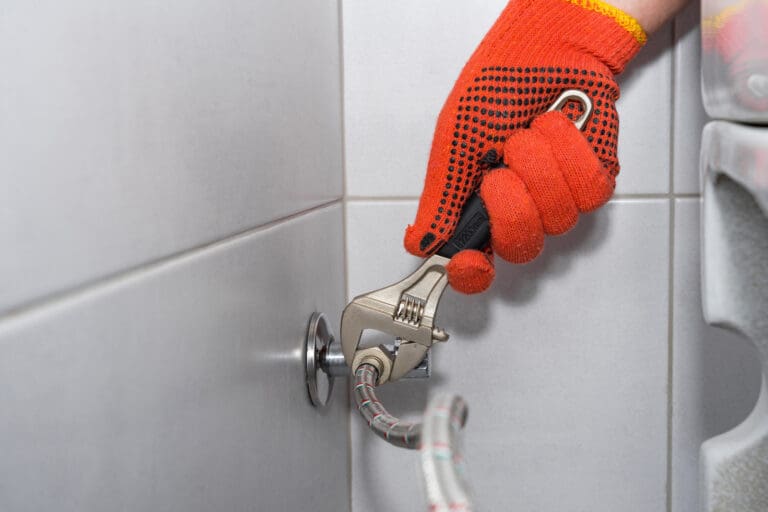Installing new fixtures like toilets to faucets is a common project attempted by experienced DIY’ers. Out of all the fixtures, though, toilets tend to be the trickiest to get right. The basic steps to installing a toilet are pretty straightforward… but there are many little things that experience informs. For example: how much tension should be used while tightening the various fasteners to prevent leaks (while not breaking the porcelain toilet)? What should you look for while inspecting the toilet flange to make sure that a leak doesn’t develop down the road?
If you are attempting to gauge whether this is a project you want to tackle, read on! In this article, we’re going to go over a few reasons why hiring a professional to upgrade your toilet may be the best option.
Picking The Right Toilet
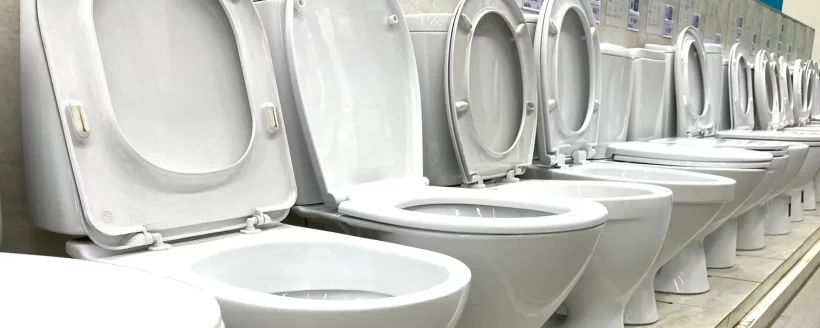
They say that if you want to know which car to buy, you should ask a local mechanic. The features, style, design, and specifications are all surface-level information. A mechanic can tell you what happens when the “rubber meets the road”. How expensive is it to repair over years of typical use? How reliable is it?
The same is true when it comes to buying many things – including toilets. What do you look for in a toilet?
Most people only consider aesthetics (Height? Round or elongated bowl? Finish? Footprint?)
The more frugally-minded will factor in the price.
The more analytical will check the performance specifications (Water usage? MaP toilet rating?) and oft-overlooked details like rough-in dimensions (10” or 12”?).
But what actually happens when the “porcelain meets the tile”? Does the toilet clog frequently in spite of claims on advertisements? Does the toilet have rare parts that need to be special-ordered when the time comes for service? Plumbers see failed toilets and toilet parts on a daily basis and are best equipped to make recommendations for reliable toilets.
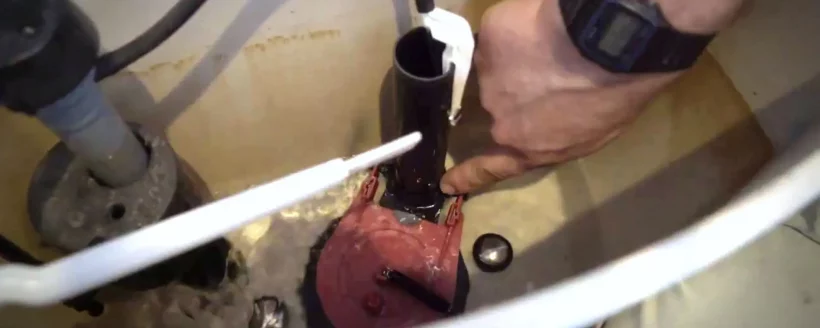
This is especially true for a plumbing company like Legacy. We frequently install customer-provided toilets for homeowners in our service area of Frisco, Plano, Richardson and beyond. We also make recommendations on brands and styles to avoid. We also stock several different toilets ready-to-go on our trucks that we recommend and stand behind with a full two-year warranty.
This is a big deal! Toilet installations and repairs are one of the most frequent sources of call-backs in the industry, so having the confidence to stand behind a toilet and the way that it is installed is paramount. Manufacturers put a warranty on the parts, but they don’t cover installation costs or damage to the home from a leak.
What Should You Check During Toilet Replacement?
In the repair industry, there is a common negative epithet which you may have heard before: part-swapper.
A part-swapper is a repair person who doesn’t understand and properly diagnose the system they are working on. Instead, they approach all repairs by simply replacing the component that is most commonly associated with whatever symptoms are manifesting.
If someone doesn’t have the experience or the time/opportunity to become properly educated in the system they are working on, then they must be a part-swapper out of necessity. Sometimes their repairs will work… sometimes they won’t! And they won’t understand why that is.
On the other hand, when a skilled, licensed service professional repairs a toilet, there are many things they check throughout the process to ensure that there aren’t further issues down the road.
A common example of this is the condition of the toilet flange. If the flange was installed too low, there is a much higher risk of a leak developing at the wax ring seal. If the flange is too high, it can result in a rocking (or even broken) toilet.
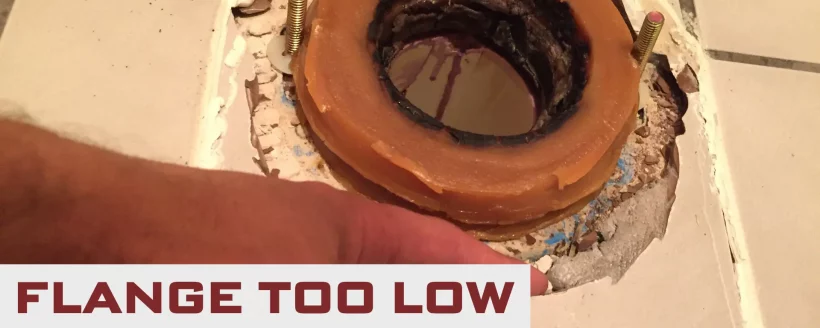
Experienced plumbers also make sure that the real problem is actually being addressed by the toilet replacement! Many times poor performance is blamed on the toilet when there are other factors at play (like a low-flow toilet on a cast iron system).
Plumbers know what to look for and what questions to ask so that the issues are taken care of proactively for reliability and peace of mind.
Making Toilet Connections Correctly
One thing that makes plumbing repairs more difficult is the lack of immediate feedback.
Obviously, if there is a leak when the water is turned on, there is a problem. But we very commonly run into poor installations in the field that worked “fine” for some time before catastrophically failing prematurely.
Toilets are no exception! There are many connections in toilet installations: supply line connections, toilet tank-to-bowl connections, wax ring seal connections, etc… If those connections are not made correctly (too tight or too loose, for example), the issue may not be noticed for some time. It may be a year before the slow leak around the flange causes enough damage to the flooring to be noticed! The loose tank-to-bowl connections may not leak for a month until the toilet tank is bumped in just the right way.
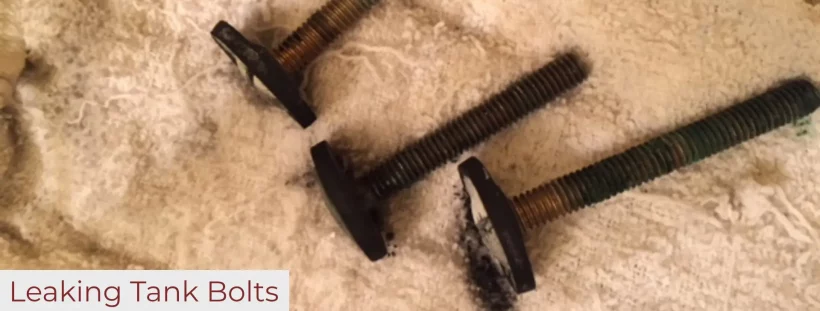
Plumbing installations, especially toilets, are NOT a simple good/bad (or works/doesn’t work) proposition. Craftsmanship matters a great deal in how long the installation lasts and how well it performs.
Experienced plumbers, like those at Legacy, are personally highly-motivated to put a premium level of craftsmanship into each and every project they do.
What’s Next?
When it comes to DIY projects, toilet installations are often viewed as being simple, but they can be deceptively involved and not friendly for the inexperienced DIY’er.
Legacy Plumbing has a reputation for our advanced diagnostic and repair services like slab leak repair, but we are a full-service plumbing company! We apply the same attention to detail and craftsmanship to all home improvement projects – including toilet installation.
So if you want a toilet installed right and backed by a warranty and name you can trust, call Legacy today and we would be happy to help!
